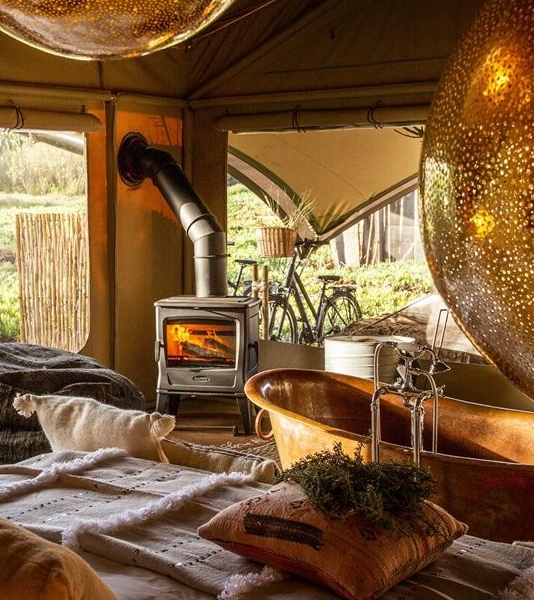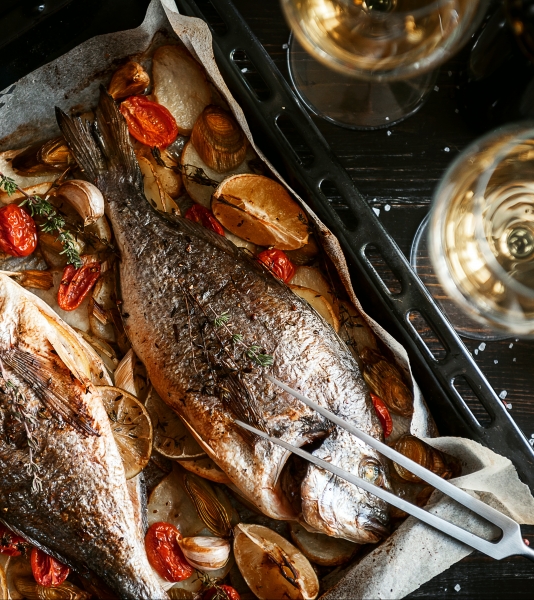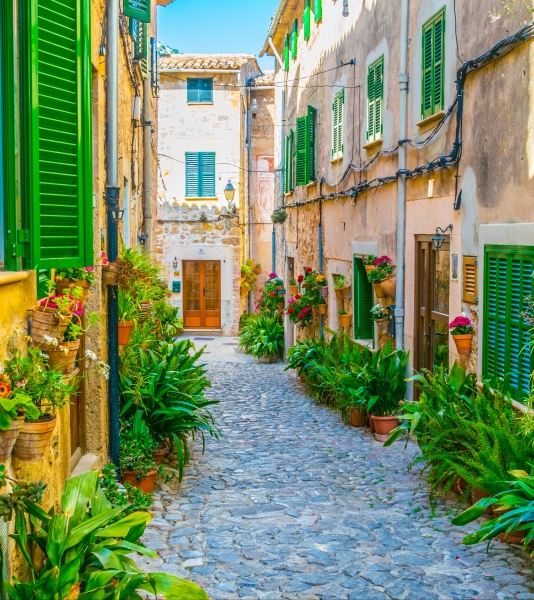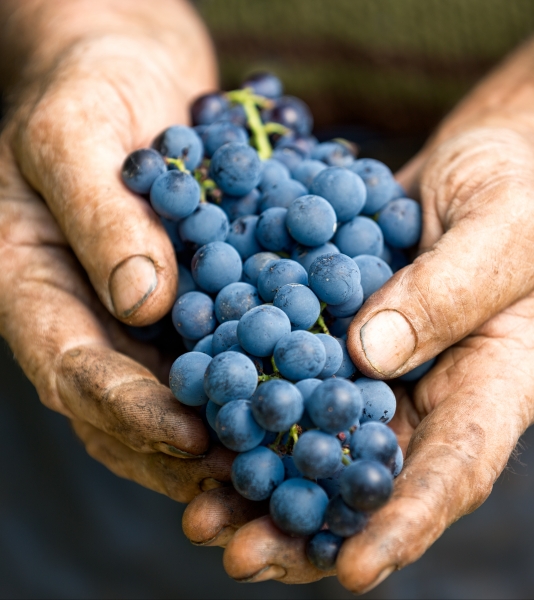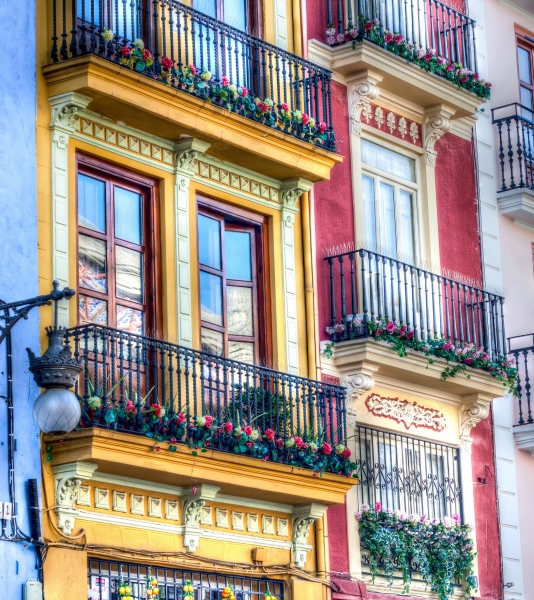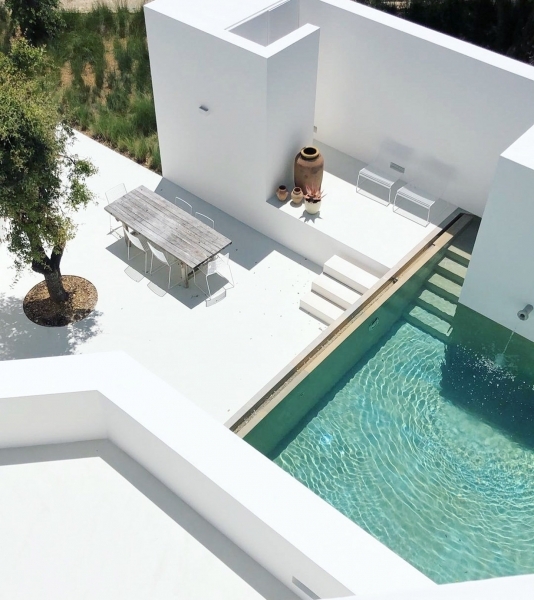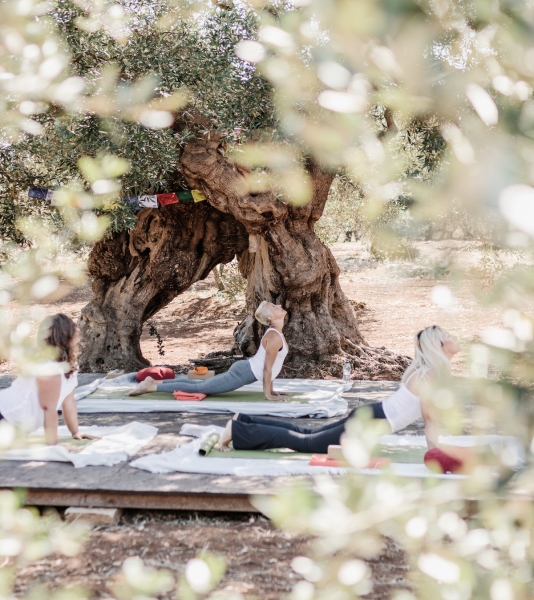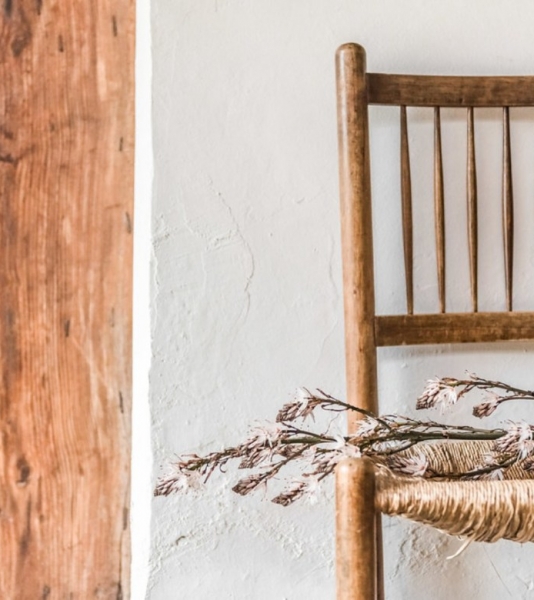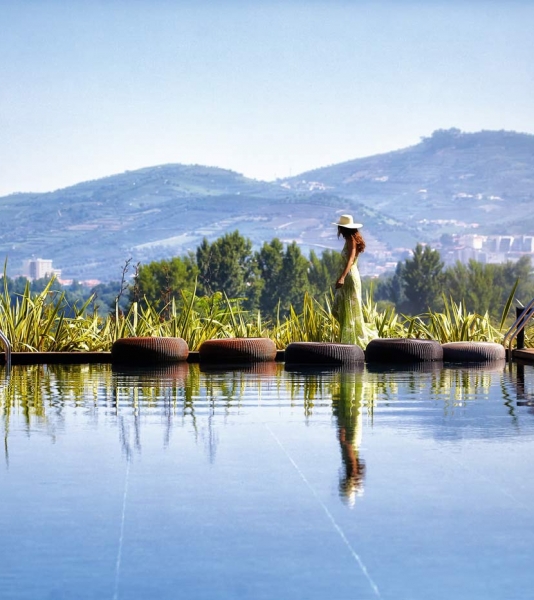Where to stay in the Lisbon region
If you are not sure if you want to stay in one of our boutique hotels, B&B, luxury hotels or a hip holiday flat in the city centre of Lisbon or in a charming small hotel, beach hotel, B&B or wonderful holiday home on the Lisbon coast and Setúbal Peninsula you can take a look in this collection of the best hotels and holiday homes in the Lisbon region.
At Secretplaces it is our objective to discover authentic, charming and especially beautiful places to stay. As the Lisbon region is our home turf, we have gone through great efforts to offer you a diverse selection of the best there is to spend your holiday or weekend city break.
In the city centre you will find small boutique hotels in Lisbon, luxury hotels and stylish self-catering apartments in the trendiest districts of Lisbon. If you prefer to stay outside of Lisbon, why not consider a stay in a fairy-tale manor house or romantic countryside hotel in Sintra, the magical town, or in Colares in the Serra de Sintra Natural Park. You can also discover this beautiful region from a romantic bed and breakfast or a luxury hotel with sea view in the coastal town of Cascais, just 30 minutes west of Lisbon. For surfers, we recommend a villa or holiday home in Ericeira or Azenhas do Mar. To the south of Lisbon, the Setúbal peninsula will surprise you with an immense variety of different landscapes, villages and towns where you will find guesthouses with beautiful views and beach side holiday homes in Lisbon Region nestled in pristine pine forests.
Whatever your reasons to visit the enigmatic Lisbon Region be it a romantic getaway in the Sintra mountains, a trendy hotel in Lisbon’s Chiado borough or the thrill of watching a school of dolphins in the Sado Estuary, Secretplaces will help you find the perfect spot. If you need help deciding, just ask us for advice, it is free of charge.
Choose from our selection of romantic and charming Hotels in Sintra, Cascais and Estoril by clicking on the map or list on the right. These will highlight a wide selection of boutique hotels in Lisbon, inns and apartments and houses to rent, including romantic Sintra hotels, bed & breakfasts in Cascais, amongst others. Whatever your taste, we’ll help you find that perfect getaway.
Our collections
Don’t know where to go? Let our collections inspire you.


